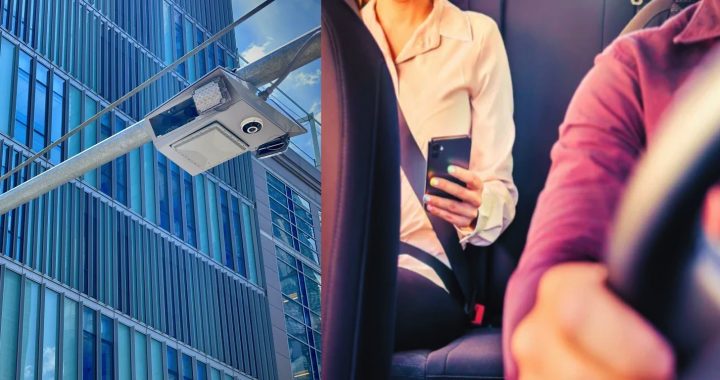Navigating New York City’s streets has always been a challenge, both for drivers and passengers. The relentless congestion, characterized by bumper-to-bumper traffic and sluggish movement, has often turned short rides into expensive and time-consuming ordeals for Uber and Lyft users. With the implementation of NYC’s congestion pricing, a new chapter is unfolding for rideshare services in the city.
While some see the added fee for trips into designated areas as another burden, there’s more to this policy than meets the eye. This measure aims to reduce traffic jams and create smoother, more efficient travel throughout the city. Surprisingly, the change could actually save customers money in the long run. By improving traffic flow, rideshare trips become quicker and potentially less costly, even when factoring in the additional charge.
In this article, we’ll explore the effects of congestion pricing on both passengers and drivers, highlighting how this initiative is reshaping the streets of New York City. We’ll discuss why smoother traffic translates to savings, how drivers are adapting to the change, and the broader benefits for everyone on the road. Let’s dive in and uncover why NYC’s congestion pricing may be a game-changer for rideshare users.
Congestion pricing applies an additional fee to rideshare trips entering designated high-traffic areas, particularly in Manhattan. At first glance, this might seem like another financial strain for passengers, but the measure is doing more than just collecting revenue—it’s actively changing how traffic flows in the city. By discouraging unnecessary trips and reducing the number of vehicles on the road, congestion pricing is helping to smooth out traffic, making rides shorter and, in some cases, more cost-effective.
For rideshare users, the connection between congestion and fare prices is significant. Before congestion pricing, passengers often paid higher fares for trips that took much longer than expected, even when traveling just a couple of miles. This wasn’t because the distance was far, but because the vehicles were trapped in near-standstill traffic. With congestion easing, rides are taking less time, and customers are reaping the benefits of faster, more predictable travel times, even with the added surcharge.
Drivers, too, are seeing changes, albeit with mixed reactions. The additional fee has raised concerns about losing customers, but many drivers are finding that smoother traffic allows them to complete more trips per hour. Spending less time stuck on crowded streets means more opportunities to pick up new passengers, which can offset the challenges of the surcharge. Additionally, the reduced wear and tear on vehicles and lower fuel costs from idling less are hidden perks that some drivers are beginning to notice.
Beyond the impact on fares, the broader effects of congestion pricing are transforming New York City’s streets. The once-chaotic traffic in parts of Manhattan has begun to flow more freely, creating a calmer and more accessible environment for everyone. Cyclists, pedestrians, and public transit users are also benefiting from the reduction in gridlock. What started as a policy to reduce congestion is evolving into a comprehensive improvement in urban mobility, making the city a better place for all its inhabitants a better place for all its inhabitants and Uber and Lyft users save time and money while traveling into city.
